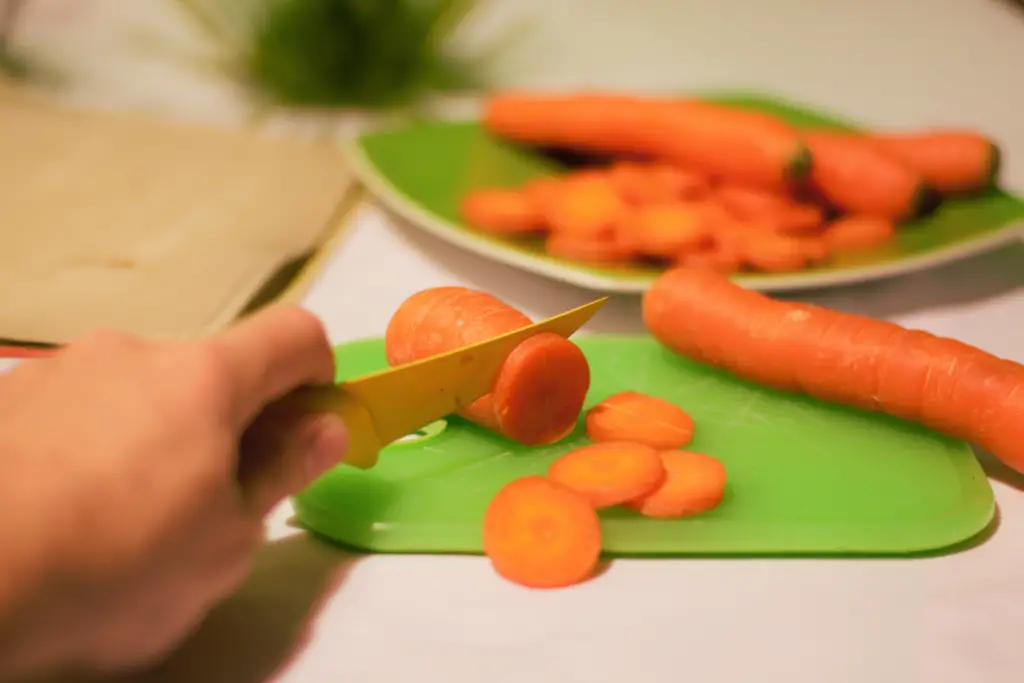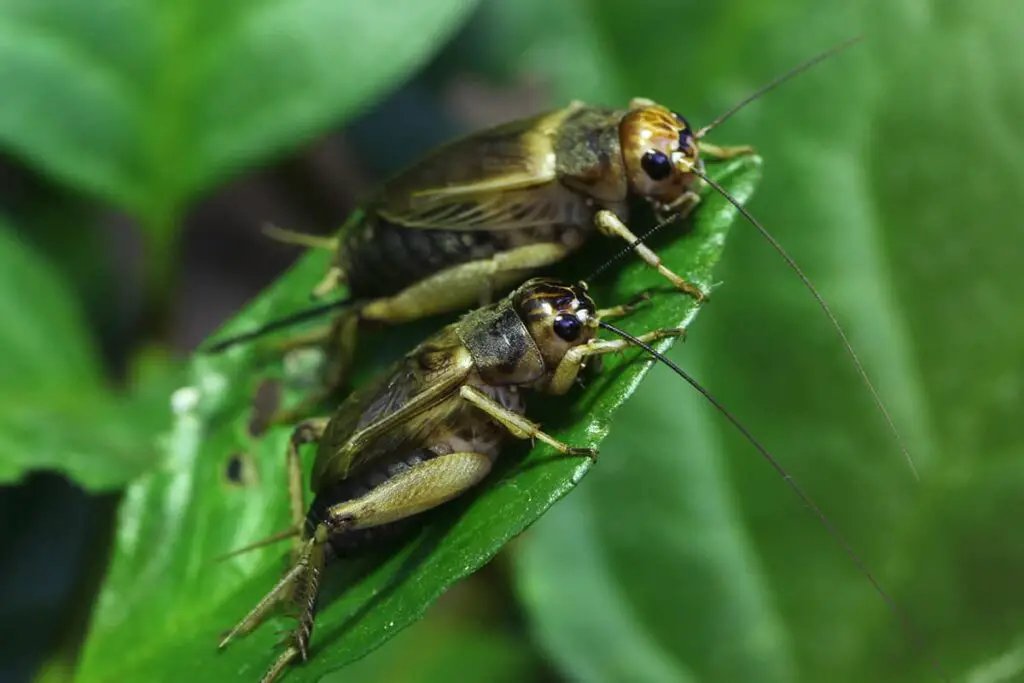
Keeping pet reptiles or breeding crickets as a food source for other animals means you’ll eventually consider what to feed these chirping insects. Making your own cricket food is a cost-effective way to ensure that your crickets are getting all the nutrition they need. Moreover, by preparing their diet yourself, you can cater to the specific needs of the animals that will be consuming the crickets, ensuring a healthy food chain from the ground up.
Finding the right balance in cricket food is essential; it’s not just about filling their bellies but providing a diet that makes them nutritious for their predators. Including ingredients rich in vitamins and minerals will enhance the crickets’ value as a feed. This hands-on approach to cricket care can lead to better growth and vitality of both the crickets and the animals they’re intended for.
Creating a DIY cricket food recipe might seem daunting at first, but the process is simpler than you might think. You’ll need to source a variety of ingredients that are beneficial to crickets, such as grains, vegetables, and proteins. By adjusting the proportions and diversifying the ingredients, not only are you customizing the diet to best fit your needs, but you’re also taking a step towards a more sustainable way of caring for your creatures.
Understanding Cricket Nutrition
Crickets require a range of nutrients to thrive and it’s important for you to provide a well-balanced diet for your cricket colony.
Essential Nutrients for Crickets
Proteins: Vital for growth and repair, crickets need protein-rich foods, much like other animals.
Fats: Crickets use fats as a source of energy.
Carbohydrates: These provide crickets with energy and help with digestion.
Calcium: Important for a cricket’s exoskeleton; you can sprinkle ground eggshells on their food to enhance their calcium intake.
Fibers: Essential for proper digestion.
Vitamins and Minerals: A variety of fruits and vegetables can cover these needs.
Benefits of a Balanced Diet for Crickets
Healthier Crickets: A balanced diet supports the overall health of your crickets, making them more vigorous and lively.
Improved Breeding: Well-nourished crickets reproduce more efficiently.
Remember to consider these nutritional components when creating your cricket food to ensure your crickets are getting everything they need.
Creating a Basic Cricket Diet
To ensure the health and growth of your crickets, you’ll want to provide them with a nutritious mix of foods that caters to their dietary needs.
Choosing the Right Ingredients
Start with high-quality grains such as oats or bran as the base of your cricket diet to give them a good source of energy. Add protein sources like dry milk, soybean meal, or fishmeal to help your crickets grow and stay healthy. Remember to include fruits and vegetables, such as apples and carrots, for hydration and additional nutrients.
Recipes for Homemade Cricket Feed
For a basic cricket feed, mix three parts grains with one part protein and one part fruits or vegetables. An example recipe would be:
- 3 cups of oats
- 1 cup dry milk
- 1 cup shredded carrots
This blend will yield a balanced feed that supplies your crickets with the essentials they need to thrive.
Feeding Practices
Feeding your crickets the right way is essential for their growth and health. Accurate feeding schedules and portions ensure your crickets receive the nutrition they need, while monitoring their health can help you make necessary adjustments.
Feeding Schedules and Portions
- Frequency: Feed your crickets once or twice a day. Consistency helps maintain their health and prevent overfeeding.
- Portions: As a rule of thumb, provide enough food that crickets can consume within 24 hours. A small pile of grain-based feed or cricket-specific food from recipes like those on YouTube will do.
Monitoring Cricket Health
Visual Checks: Regularly observe your crickets for activity levels and physical appearance. Healthy crickets are lively and have a uniform size.
Growth and Mortality Rate: Keep track of their growth rate and any unexplained deaths. This data can indicate whether your feeding practices are on point or need adjustment. If issues arise, revising their diet with guidance from informative sources like Cricket Farming: The Ultimate DIY Guide – Crickster may be necessary.
Frequently Asked Questions
In this section, you’ll find common questions about providing for, creating, and consuming cricket food at home. This information can help you raise crickets effectively and explore them as a sustainable food source.
What can I provide as nourishment for my crickets at home?
Your crickets require a balanced diet including proteins, grains, and fruits or vegetables. A simple approach is to feed them a mix of high-protein feeds, vegetables like carrots or potatoes for hydration, and grains such as cereal or oats.
What are simple recipes for homemade cricket food?
A basic cricket food recipe could combine ground corn, soybean meal, and a small portion of calcium carbonate. You can also add wheat germ or alfalfa meal for more nutrients.
How can crickets be turned into consumable food for humans?
To prepare crickets for human consumption, you can blanch them as a sanitary measure, dry-roast to remove moisture, and then grind them into a fine powder known as cricket flour, which can be added to various recipes.
What ingredients are used in making cricket food?
Common ingredients for cricket food include cornmeal, soy meal, and wheat bran. Sometimes, brewers’ yeast is added for protein and other micronutrients.
How should crickets be cared for to ensure they remain healthy and alive?
You should maintain your crickets’ habitat at a warm temperature and keep it clean. Provide hiding spaces like egg cartons and ensure they have continuous access to food and water gel, which prevents drowning and maintains moisture.
What are the steps to prepare crickets for human consumption?
To prepare crickets for human consumption, start by freezing them to ensure they are no longer alive, then clean and cook them. Cooking can be done by boiling, baking, or frying, depending on the desired preparation method.
Driven by a passion for those tiny creatures that rule our world, we at Bug Domain strive to be your go-to resource for information on insects.




